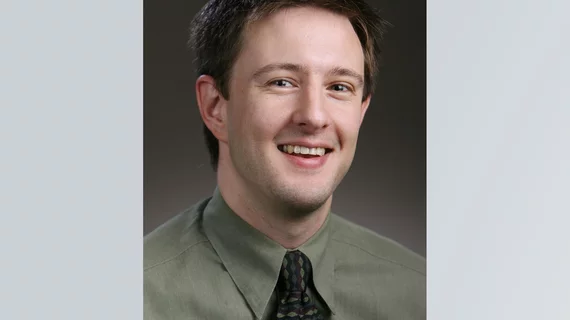RSNA 2018: What many radiology departments still get wrong about customer service
Providing high-quality customer service is a key component of any business strategy. After all, if your customers aren’t happy, why would they ever use your services again or recommend you to a friend?
Alexander Towbin, MD, of the department of radiology and medical imaging at Cincinnati Children’s Hospital Medical Center, is giving a presentation Tuesday, Nov. 27, at RSNA 2018 in Chicago that will examine what customer service should mean to radiology professionals.
According to Towbin, radiology departments have numerous customers to consider. They have internal customers—technologists, for example, and even the radiologists themselves—and then there are the department’s patients and its ordering providers.
As much as radiologists work to provide added value, however, Towbin has found that customer service in radiology is lacking in a number of areas. One clear example of this: the current state of radiology reports.
“If you ask most radiologists what their most important product is, they’ll tell you it is their reports,” Towbin told Radiology Business in a phone interview leading up to RSNA 2018. “But our reports aren’t really designed for most of our customers—they are just designed for a radiologist. Ordering providers usually just read impressions, and patients can’t understand the language we use.”
This shows how radiologists often miss opportunities to engage their customers, Towbin added.
“In oncology, for example, I would argue that our reports are not helpful at all,” he said. “We don’t measure lesions in the way oncologists wants them to be measured and we don’t give classification or categorization the way they want it to be used. We either don’t know about those issues or we don’t do them because they aren’t the easiest things for us to do. And you can find examples of that for other specialties—we aren’t building reports that are exactly what providers want.”
Another common problem with customer service in radiology is that radiologists don’t always go that extra mile to find out what customers want. Instead, they just assume they know and move on.
“They might be educated assumptions—but they are still assumptions,” Towbin said. “We rarely go to our patients and ask what they want, through surveys or more direction communication. In the last couple decades, we have focused on the ordering provider as a customer and done things to make their lives better—implementing PACS, for example—but we haven’t gone that far to help our patients.”
Keeping the focus on patients, he also noted that access to imaging results could be significantly improved. Patients want to view their images online or download them directly—or, at the very least, get them on a convenient USB drive—but they are given CDs or DVDs, which many devices can’t even read or play anymore.
One lesson radiology providers need to learn, Towbin added, is that quality improvement projects and other initiatives should be developed and implemented with all of a department’s customers in mind.
“As you build on initiatives that touch on customer service, it’s important to think about what you are trying to target and which customers you are targeting,” he said. “Consider the impact your initiative can have on both patients and ordering providers.”
Towbin will deliver his presentation , “Customer Service in Radiology,” as part of the four-part “Essentials of Non-Interpretive Skills” session Tuesday, Nov. 27, at 10:30 a.m. More information is available on the RSNA 2018 interactive program.

